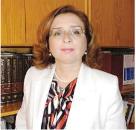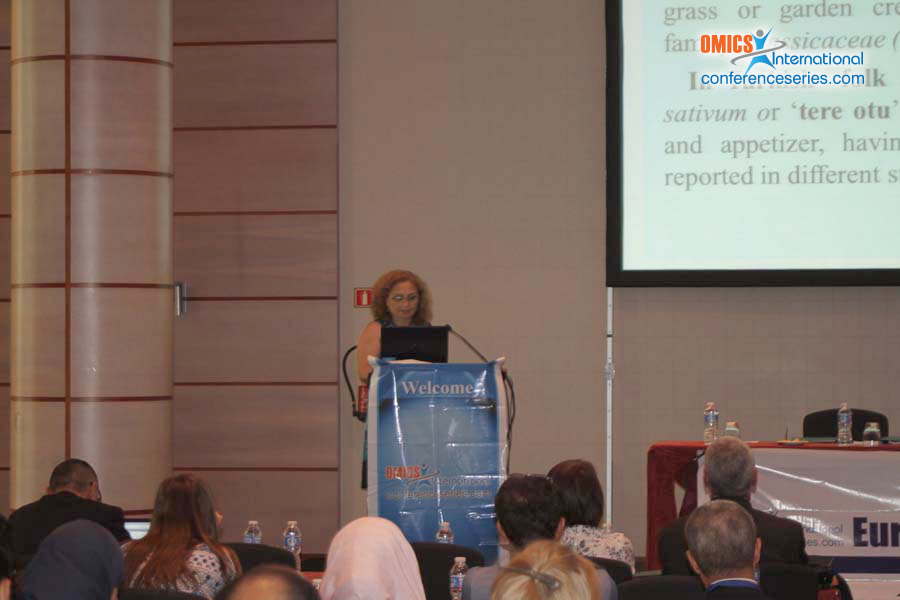
Hulya Özdemir
Centenary University, Van
Title: The protective effects of lepidium sativum l. (cress seed) in dmba (environmental carcinogen) applied rats
Biography
Biography: Hulya Özdemir
Abstract
In this study ,the protective effect of the water extract of Tere Grass grows as endemic in our country and used in traditional medicine (Lepidium sativum L.) was studied on the 7,12-dimethylbenz[a]anthracene (DMBA, environmental carcinogen) treated rats. This study was created with 3 groups with 15 Wistar albino male rats in each group and it took a total of 150 working days. The rats in group 1 were named as a control group and only given a single dose of corn oil used as a solvent for DMBA in the study. Group 2 rats were orally administered carcinogenic DMBA (dissolved in corn oil) at the dose of 75 mg / kg b.w.). The rats in group 3 were orally applied with carcinogen DMBA (75 mg / kg b.w.) and water cress seed extract (20 mg / kg b.w.). At the end of 150 days, the changes in some biochemical parameters (ALT, ALP, LDH, glucose, BUN, total bilirubin, total cholesterol, total protein, albumin, triglycerides, uric acid, Na, K, Cl), antioxidant enzymes (SOD and GSH-Px) and tumor markers (CA19-9) in blood and the level of pathological tissue analysis were determined in tissue samples taken from rats. The results based on blood were found that there was a statistically significant relationship in some parameters, and this was supported by histopathology. In this study, a significant association was found between the groups in terms of renal GSH-Px, liver GSH-Px and SOD, ALP, ALT, LDH, CA19, glucose, BUN, cholesterol, Cl, total protein, albumin and uric acid levels. The plant showed positive effects on parameters such as kidney GSH-Px, liver GSH-Px, ALP, LDH, CA19, glucose, Cl, total protein, and albumin. In the pathological analysis, normal histological structure was seen in the liver of control group rats, where as severe hydropic degeneration was observed in DMBA applied rats liver and lighter hydropic degeneration in the liver of the rats in third group which were administered DMBA and water extract of Tere grass. The kidneys of the rats in the control group and the group treated with DMBA with Tere grass showed normal histological structure while a small number of hydropic degeneration of cells was seen in the DMBA applied group. At the end of study, evaluating the blood as well as tissue sample results together indicated that DMBA as an environmental carcinogen caused significant toxic symptoms in rats; whereas these symptoms were reversed when the watercress herb was administered with DMBA as a protective agent.


